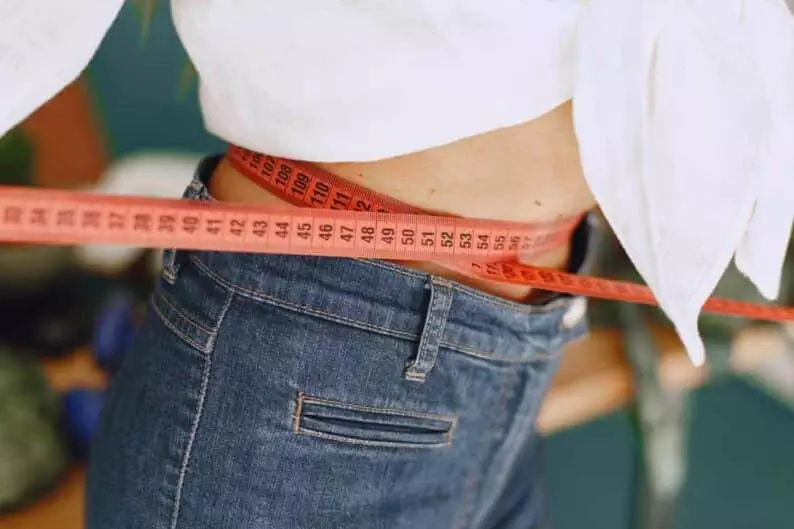Getting injured in a nursing home fall could mean compounding wounds or even death.
When a loved one is injured due to negligence, obtaining compensation for their care can be overwhelming. This blog post will discuss the legal workflow of determining liability and recovering damages in nursing home falls. From understanding where the fault lies to discovering evidence that supports a claim and navigating court proceedings — we will break down each step required so you know what actions to take if an accident happens at a nursing home facility. Whether you’re looking for information on your case or need help finding legal representation, this guide will provide valuable insight into how best to navigate your options. For more information on aged care homes in Melbourne, head over to Medical & Aged Care Group.
Causes of Nursing Home Falls and Their Associated Risks
Nursing home falls can cause severe injury and even death in the elderly, who are among the most vulnerable due to their age and physical limits. These falls often occur due to inadequate staffing and a lack of resident safety measures. The poor condition of furniture and surfaces, medications that cause dizziness, poor nutrition, unrestrained patients moving about the facility unaccompanied by staff, and improper storage of items on floors or hallways – all of these factors contribute to increased risk for nursing home falls leading to tragic consequences for those living there. Coming to grips with this unsettling reality is difficult, but necessary if a loved one has tragically been injured in a nursing home fall.
What to Do if You or a Loved One Suffers an Injury from a Fall in a Nursing Home
If you or a loved one have suffered an injury from a fall in a nursing home, taking action as soon as possible is essential. Before filing a lawsuit, seek the advice of an experienced nursing home neglect attorney, who can guide determining liability and recovering damages. In addition, contacting the local health department and filing a complaint can be very beneficial if you feel that proper safety precautions were not followed. They may decide to investigate the events leading up to the fall and can help you obtain closure for any psychological trauma that occurred. Finally, keep detailed records of all medical expenses and treatment related to the fall to reflect these costs in potential settlement agreements. These steps will give you the best chance of getting justice for your suffering.
Legal Liabilities in Nursing Home Falls
One of the most important aspects of ensuring a nursing home resident’s safety is adequately preventing and responding to falls, which can lead to serious injuries such as fractures. It is up to the family member or guardian of residents in long-term care facilities to understand the legal liabilities associated with these types of incidents so that they can make informed decisions if a fall does occur.
However, it is complicated to determine whether a nursing home or its staff could face legal responsibility for a fall. To ensure that individuals receive justice in these cases, they must consult an attorney experienced in this area who can help them navigate the complexities of their legal options regarding recovering damages resulting from a nursing home fall.
Who is Responsible for Paying for the Damages Caused by Nursing Home Falls
When a nursing home resident incurs an injury due to a fall, it’s important to determine who is at fault and liable for compensating the victim for damages. It may be the responsibility of the nursing home operators, caretakers, or even both parties. Generally, if the fall was caused by clumsy management of the nursing home, such as inadequate supervision or lack of safety measures, then the operators may be held responsible. However, if it can be proven that negligence on behalf of the caretaker contributed to the fall – like improper assistance when moving around in their wheelchair, for instance – they could also be held liable. To identify which party is responsible and pursue damages from them, families need strong evidence of whom (or what) caused the incident and legal support from attorneys with expertise in this area.
How to File a Claim or Lawsuit Against the Nursing Home for Your Injuries
If you suffered an injury due to a fall while in a nursing home, filing a claim or lawsuit against the nursing facility may be necessary to receive compensation. Injuries resulting from falls in nursing homes can result in serious medical complications and financial losses for the individual and their family. This is why it is important to understand the legal process of filing a claim or lawsuit against the facility.
First, you should gather evidence showing negligence by the nursing facility, such as pictures from the incident, witness testimonies, and other relevant information. Additionally, you must determine whether state or federal law applies to your case and consult an experienced attorney who can help guide you. From there, your lawyer will help collect documentation and evidence for your claim or lawsuit and suggest strategies for achieving maximum damages on your behalf.
Tips for Preventing Falls in Nursing Homes
Preventing falls in nursing homes is essential to ensuring residents’ health and safety. There are certain tips that nursing home staff can keep in mind to reduce the risk of falls. Visually scan the environment frequently to identify any items that could cause a fall, such as cords, furniture, or throw rugs. Provide sturdy handrails and equipment aids wherever possible. Check to make sure floor surfaces aren’t slippery. Ensure walkways don’t have any obstacles that could lead to a fall.
Additionally, providing physical therapy for seniors who have weak muscles or lousy balance can help build strength and prevent falls, while regular communication with residents can go a long way in identifying when their needs change from one day to another and detecting potential fall risks early on. Finally, it’s also important for nursing home staff to be vigilant about helping residents transfer safely from beds or chairs. Caregivers should be aware of how to lift correctly and how sustainable compensation movements exist so they can properly support each resident through an activity that has a higher probability of ending in a fall.
Nursing home falls are serious matters that should not be taken lightly. When an elderly loved one is injured due to a fall in a nursing home, these injuries can have physical and emotional implications. While it’s important to understand the various legal liabilities involved, it’s also critical to prevent falls from occurring in the first place.
By implementing proper safety precautions and communicating regularly with nursing home staff, families can help reduce potential risks and ensure their elderly loved ones receive the best care possible. For more information on in home care in Victoria, you can find out more at Let’s Get Care. Of course, if you or a family member has suffered an injury due to a fall at a nursing home, seek legal advice immediately to determine the best course of action for recovering damages.















